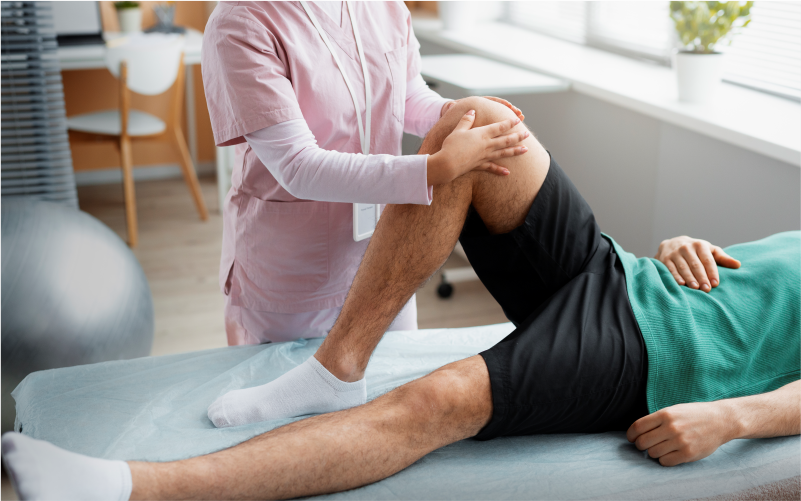Introduction
Arthroscopy, a minimally invasive procedure, provides a vital window into the health of our joints. This technique involves a small incision through which a tiny camera is inserted, allowing orthopedic surgeons to visualize and address joint issues. In Hyderabad, the hub of medical excellence, arthroscopy emerges as a transformative solution for those grappling with joint-related concerns.

Symptoms of Joint Issues
Recognizing symptoms is the first step in addressing joint problems. Persistent pain, swelling, stiffness, and difficulty in moving a joint are common indicators. If you find yourself experiencing these symptoms, it may be time to consider the insights arthroscopy can offer.
Diagnosis through Arthroscopy
Arthroscopy is not just a diagnostic tool; it’s a diagnostic powerhouse. By directly observing the joint’s interior, surgeons can identify issues such as cartilage damage, ligament tears, and inflammation. This precision allows for accurate diagnosis, paving the way for targeted treatment plans.
Treatment Modalities
Arthroscopy isn’t just about seeing; it’s about healing. Once the issue is identified, surgeons can employ miniature instruments through additional small incisions to address the problem. Whether it’s repairing a torn ligament, removing damaged cartilage, or smoothing rough joint surfaces, arthroscopy enables precise interventions with minimal disruption.
Precautions and Post-Procedure Care
Post-arthroscopy, taking precautions is crucial for a successful recovery. Patients are advised to follow the prescribed rehabilitation plan, which may include physical therapy exercises to regain joint strength and flexibility. It’s essential to adhere to post-operative instructions and gradually resume activities under medical guidance.







